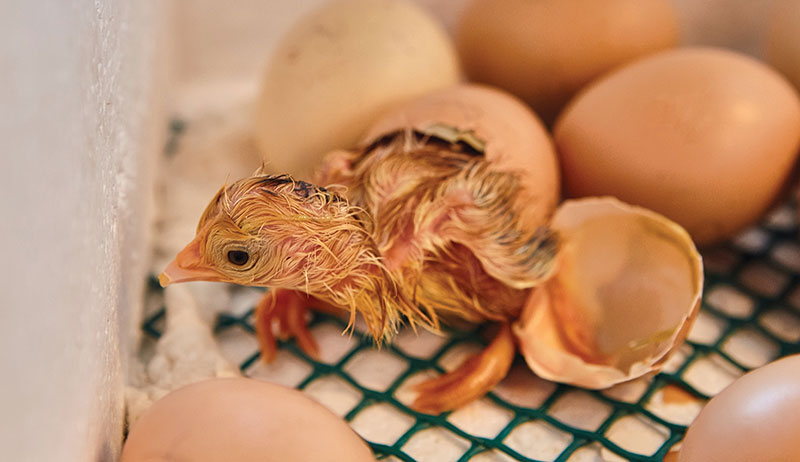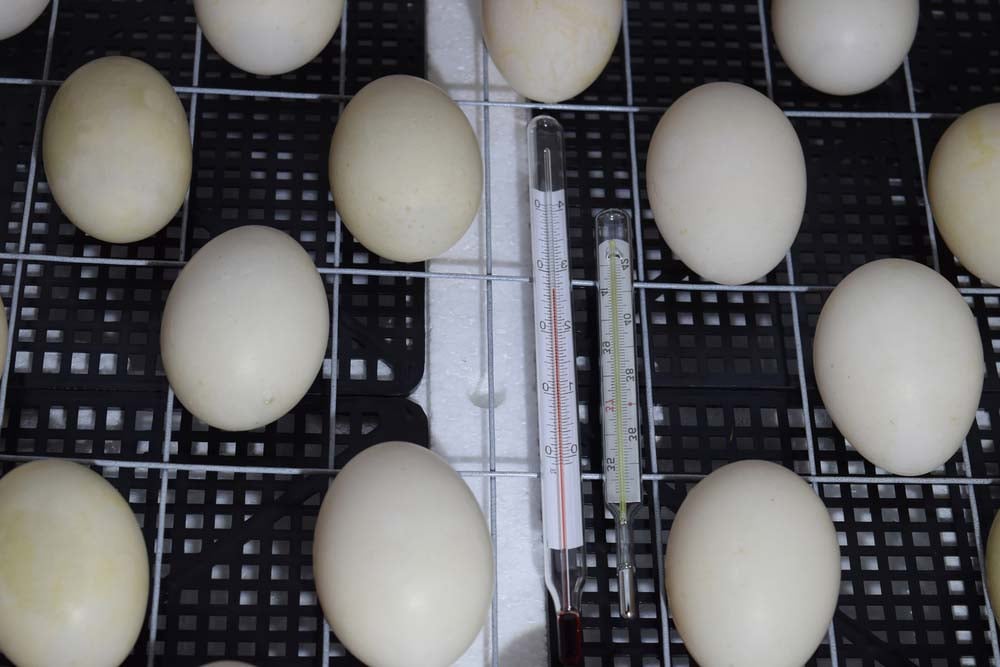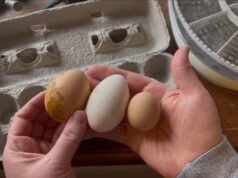When it comes to incubating eggs in hot climates, there are several challenges and considerations that need to be addressed to ensure a successful hatch. The process of hatching eggs can be tricky, especially in regions with higher temperatures. This article aims to guide chicken lovers through the intricacies of egg incubation in warm environments, offering valuable insights and practical tips.

Understanding the Basics of Egg Incubation
Egg incubation is a delicate process that requires maintaining optimal conditions for the developing embryo. Key factors include temperature, humidity, and ventilation. In hot climates, these factors can easily be disrupted, making it crucial to understand how to manage them effectively.
Why Incubation is Challenging in Hot Climates
The primary challenge of incubating eggs in hot climates lies in maintaining a stable temperature. Excessive heat can lead to overheating, which can be detrimental to the developing chick. Therefore, managing temperature fluctuations is of utmost importance.
Ideal Temperature Settings for Incubation
For successful egg incubation, maintaining a temperature of around 99.5F (37.5C) is ideal. In hotter climates, this can be tricky, and constant monitoring is required to prevent deviations. Using a reliable thermometer and incubator is essential.
Managing Humidity Levels in Hot Climates
Humidity plays a crucial role in the incubation process. In hot climates, the air can be dry, affecting the moisture level inside the incubator. Maintaining a humidity level between 40-50% for the first 18 days and increasing it to 65-75% during the final days is recommended.
Tools for Monitoring Humidity
Investing in a hygrometer can help monitor humidity levels accurately. Additionally, placing a small dish of water inside the incubator can help maintain the necessary humidity.
Ventilation: Ensuring Fresh Air Exchange
Proper ventilation is crucial in egg incubation as it ensures the exchange of fresh air, which is vital for the developing embryo. In hot climates, ensuring adequate airflow prevents overheating and aids in regulating temperature.
Balancing Ventilation and Temperature
It is important to strike a balance between ventilation and temperature control. Adjust vents as needed to maintain optimal conditions without losing too much heat.
Choosing the Right Incubator for Hot Climates
Not all incubators are suitable for hot climates. Choosing an incubator with good insulation and temperature control features is essential. Models with automatic temperature and humidity controls are preferred.
Recommended Incubator Features
Look for incubators with adjustable vents, built-in thermometers, and hygrometers. These features help in maintaining consistent conditions even in fluctuating climates.
Preparing Eggs for Incubation
Before incubation, it’s important to ensure the eggs are viable and free from cracks. Proper handling and storage are necessary to prevent contamination and ensure a healthy hatch.
Best Practices for Egg Collection
Collect eggs frequently to minimize exposure to high temperatures. Store them in a cool, dry place until ready for incubation. For more tips, refer to the egg collection guide.
Monitoring Progress During Incubation
Regular monitoring of the incubation process is crucial. This includes checking temperature, humidity, and the condition of the eggs. Candling can help assess embryo development.
When to Start Candling Eggs
Candling is typically done around day 7 to check for embryo development. For detailed guidance, see start candling.
Troubleshooting Common Issues
Despite careful planning, issues can arise during egg incubation. Common problems include temperature spikes and humidity imbalances. Addressing these promptly is crucial for successful hatching.
Common Incubation Problems and Solutions
For a detailed troubleshooting guide, visit the troubleshooting guide.
Preparing for Hatch Day
As hatch day approaches, adjustments in humidity and ventilation are necessary. Ensure the incubator is clean and ready for the chicks.
Expectations on Hatch Day
Be prepared for some variability in hatch times. Not all eggs will hatch simultaneously, so patience is key.
Post-Hatch Care for Chicks
Once hatched, chicks require immediate care. Providing warmth, food, and water is essential for their survival and growth.
Setting Up a Brooder
A brooder should be set up with a heat source, bedding, and water. Ensure it’s ready before the chicks hatch to provide a smooth transition.
Learning from Each Incubation Experience
Every incubation cycle is a learning opportunity. Keeping records of temperature, humidity, and hatch rates can help improve future hatches.
Documenting Your Incubation Process
Maintaining a journal of your incubation experiences can offer insights and help refine your approach over time.
Conclusion: Embracing the Challenges of Hot Climate Incubation
Incubating eggs in hot climates presents unique challenges, but with the right knowledge and tools, successful hatches are achievable. By understanding and managing the key factors of temperature, humidity, and ventilation, chicken lovers can enjoy the rewarding experience of raising healthy chicks.
For more detailed information on egg hatching, visit the Beginners Guide to Hatching Eggs.

FAQs About Incubating Eggs in Hot Climates
How do I maintain the correct temperature in hot climates?
Use an incubator with precise temperature control, and monitor it regularly. Consider using an air conditioner or fan in the room to stabilize the ambient temperature.
What should I do if humidity levels are too low?
Place a small dish of water inside the incubator to increase humidity. A hygrometer can help monitor levels accurately.
Can I incubate eggs without an incubator in hot climates?
While possible, it’s not recommended due to the difficulty in maintaining consistent conditions without specialized equipment.
This article contains affiliate links. We may earn a commission at no extra cost to you.











